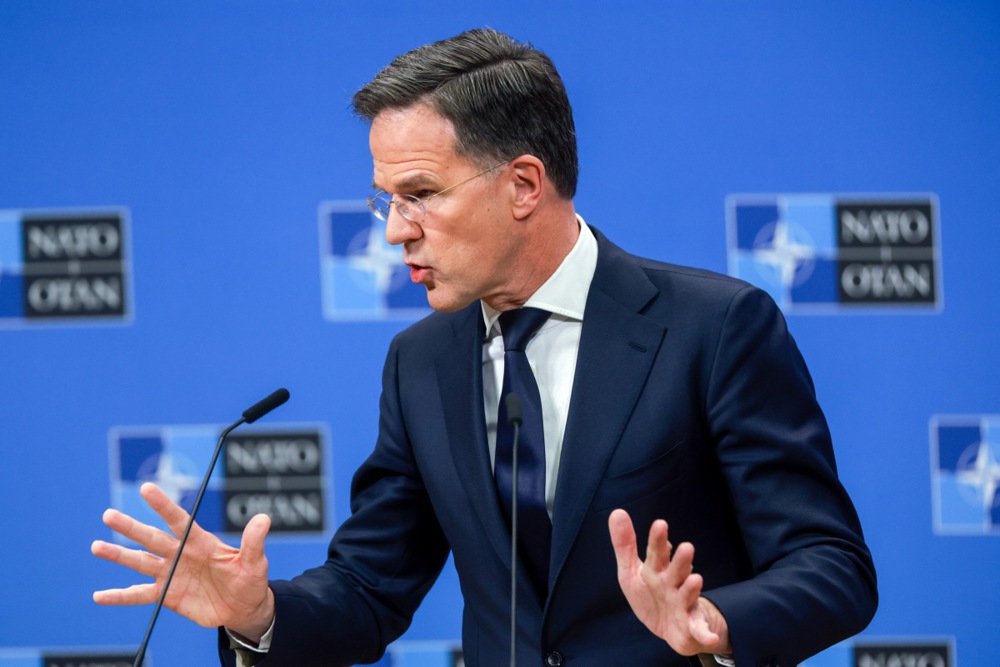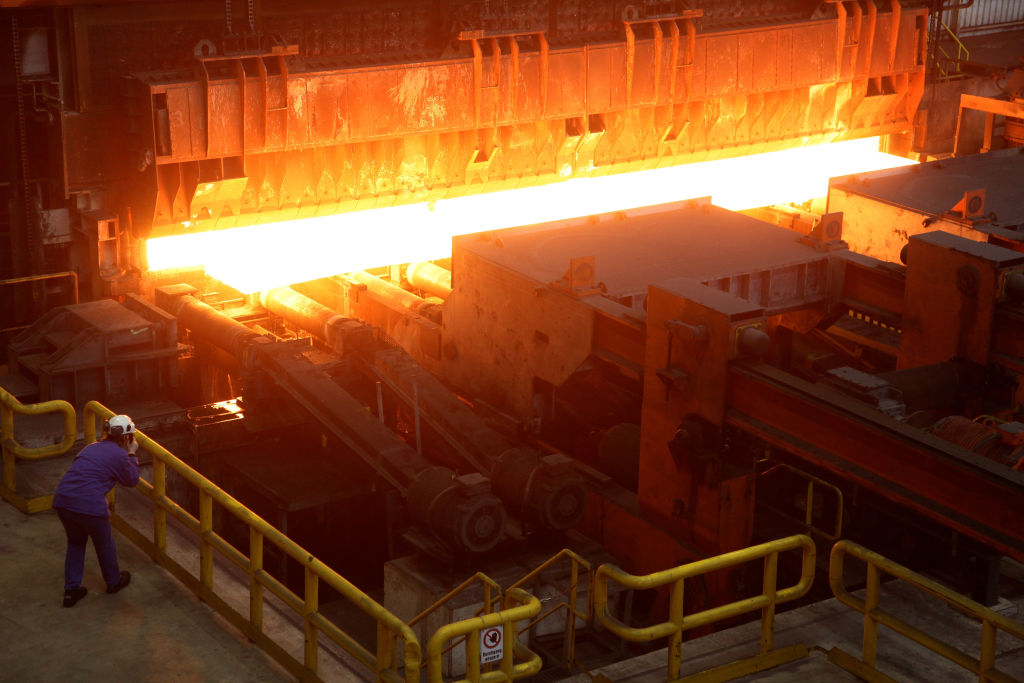The huge wave of US tariffs imposed on almost every country except Russia, and the trade negotiations that stemmed from it, have hit Moscow’s energy interests and global price volatility.
Oil prices collapsed sharply within a week of the rollout, dragging Russia’s Urals blend below the G7’s $60 price cap, according to energy analysts.
US President Donald Trump rejected the European Commission’s recent proposal for a zero-for-zero tariff deal, instead offering to ease trade duties if the European Union significantly increased its purchases of US liquefied natural gas (LNG).
A commission spokesperson for energy said Brussels was open to such negotiations but emphasised that, just as the EU had moved to diversify away from Russian gas since the start of the full-scale invasion of Ukraine, it did not wish to become overly dependent on the US either.
Russian gas — via both pipeline and LNG shipments — now made up only around 5 per cent and 6 per cent, respectively, of EU imports, a share that could drop further if US LNG purchases rose, Dr Aura Sabadus, a CEPA energy and Russia expert with the London-based Independent Commodity Intelligence Services, told Brussels Signal on April 9.
This marked a huge, indirect blow, the expert claimed, as Russia’s revenues were falling sharply as a result of market-driven effects triggered by the tariffs.
G7 partners were now exploring whether to adjust the oil price cap further downward, said the expert, in light of Brent crude falling more than 19 per cent to just above $60 per barrel.
Such a move would deepen the pressure on Russia’s energy income — at a time when fossil fuel revenues still funded about a third of the Kremlin’s annual budget.
Russia has yet to agree to a full ceasefire with Ukraine and while Trump has expressed strong frustration with the Kremlin, he has taken no concrete steps yet.
His global “Liberation Day” tariffs spared Russia — reportedly because it remained officially engaged in peace talks, according to Sabadus.
Leaders of oil and gas producers, along with pipeline operators, described the sharp decline — driven by Trump’s global tariffs and OPEC’s surprise decision to boost output — as a shock reaction rather than a true reflection of market fundamentals, Reuters reported.
Crude prices have now fallen for four consecutive sessions, hitting their lowest levels in four years as mounting recession fears deepen the global trade conflict. China, one of the world’s largest oil importers, now faced import US duties of up to 104 per cent.
On April 8, Russia’s central bank chief told Russian media that sustained low oil prices could strain public finances, raising hopes in Kyiv that Moscow’s ability to finance its war might be hampered.
Russia’s oil earnings dropped 10 per cent year-on-year in the first quarter to $31 billion, the Russian finance ministry told domestic press.
While US shale operations tended to be more resilient, prolonged volatility could still be damaging.
“America has more flexibility,” the CEPA expert said. “But if prices keep falling, it’s bad news for producers everywhere.”
Volatility was also becoming a concern. “The tariffs themselves can have an inflationary effect”, the expert added, yet oil prices were falling.
The bigger question was how long this trend would last — and how sustained it was. “If countries hit by tariffs succeeded in negotiating better terms, we might see a price rebound. But that kind of negotiation phase also tends to come with even more volatility,” the expert said.
Markets have already reacted to the drip-feed of uncertainty.
“The constant stream of news” —about negotiations, about whether there would or would not be agreements – created acute volatility, the CEPA analyst said.
“Unless we get a clear political message that tariffs will be lowered following negotiations, we can expect more instability both in pricing and in policymaking.”
The EU continued to walk a fine line, reducing its reliance on Russian gas while avoiding over-dependence on American LNG and trying to get the Trump administration to lower the recently imposed tariffs.
Brussels has already slashed Russian imports to around 11 per cent of its total supply, adding together LNG and pipeline shipments, and that figure could fall further if US volumes rise.
“This would give Russia even less chance to go back on the market,” the expert said.





